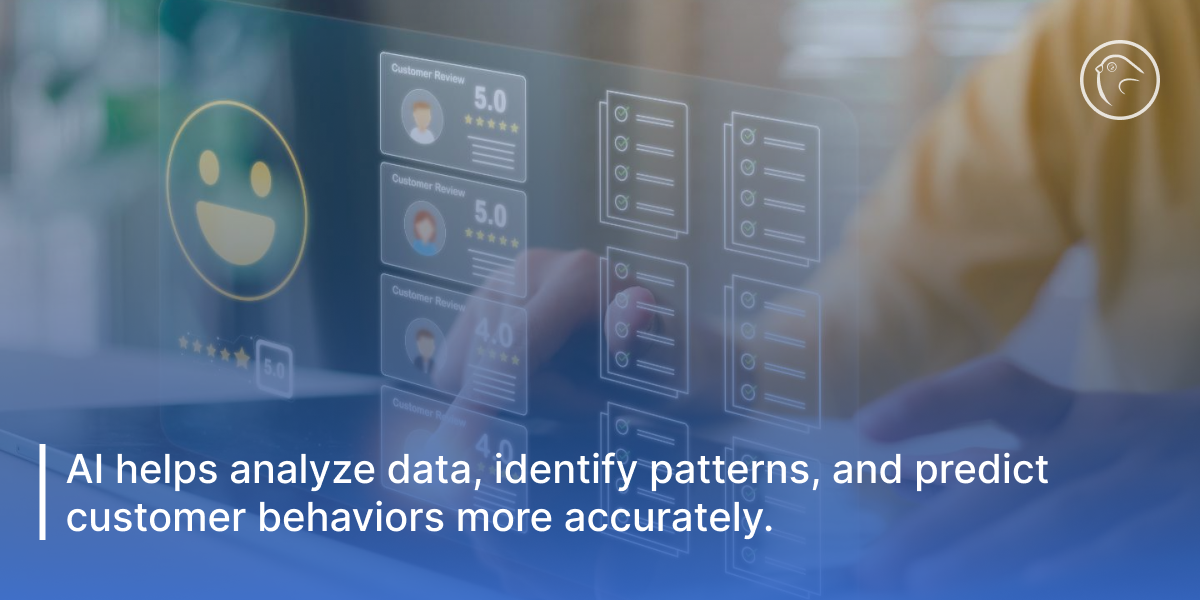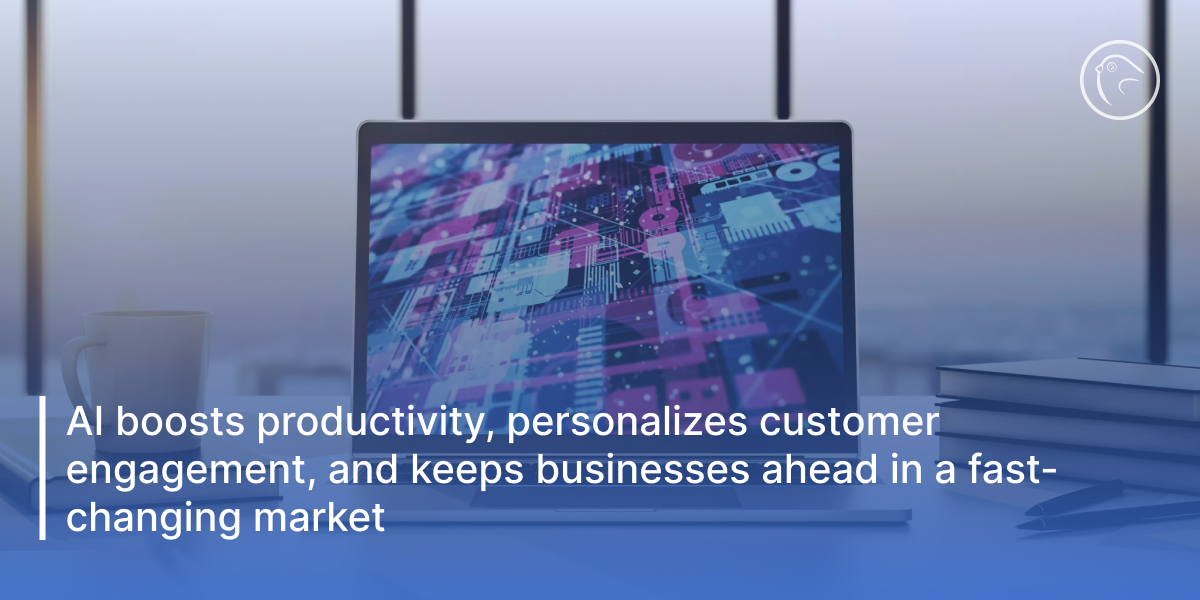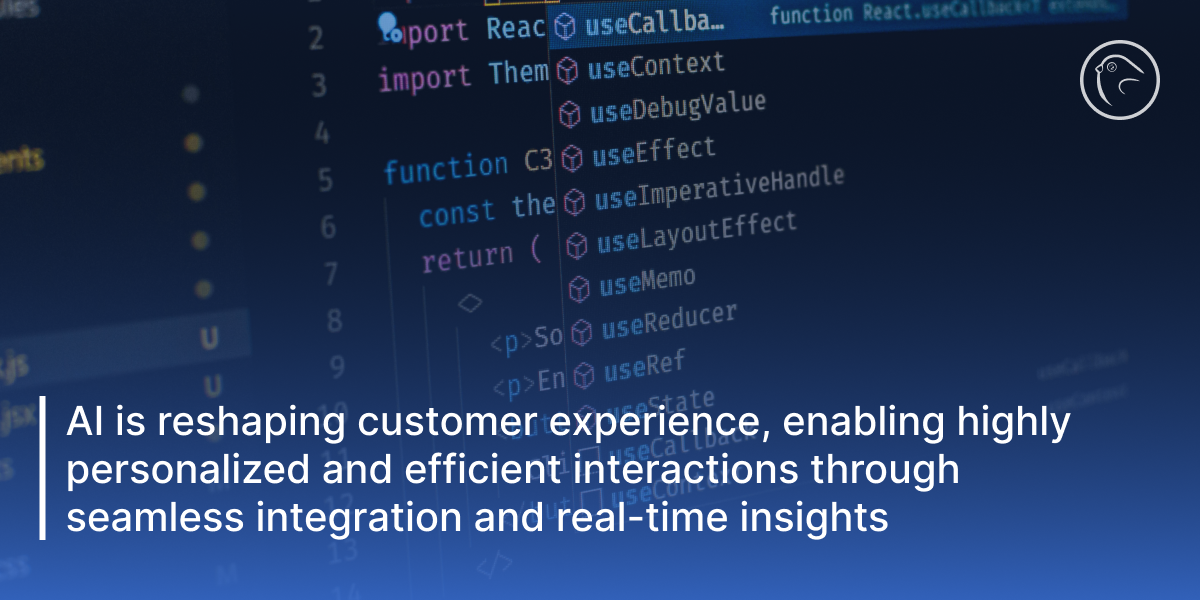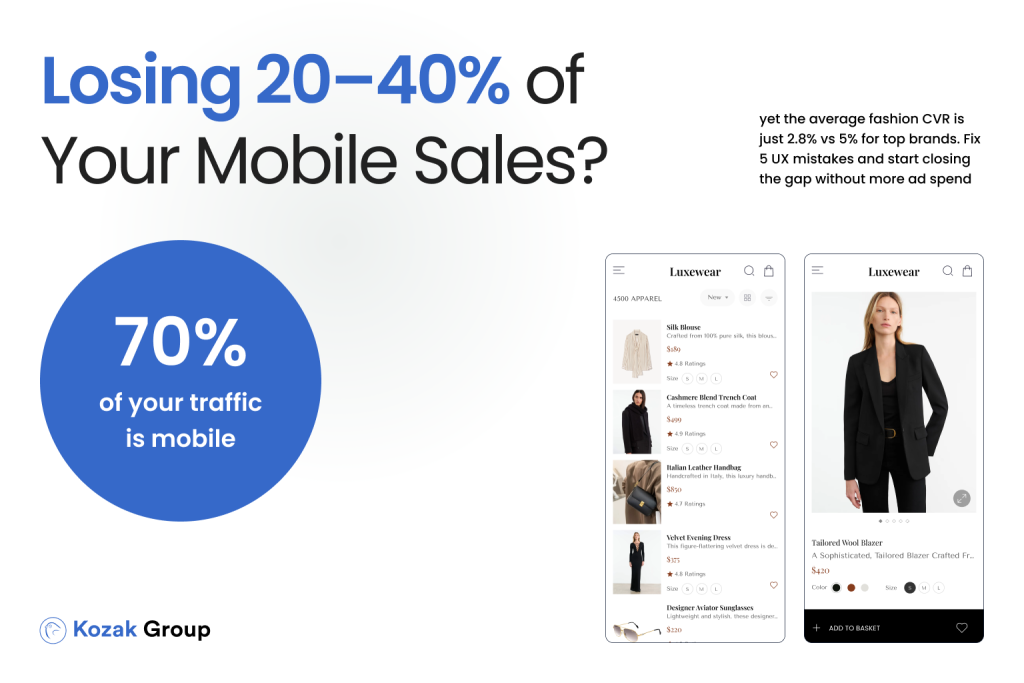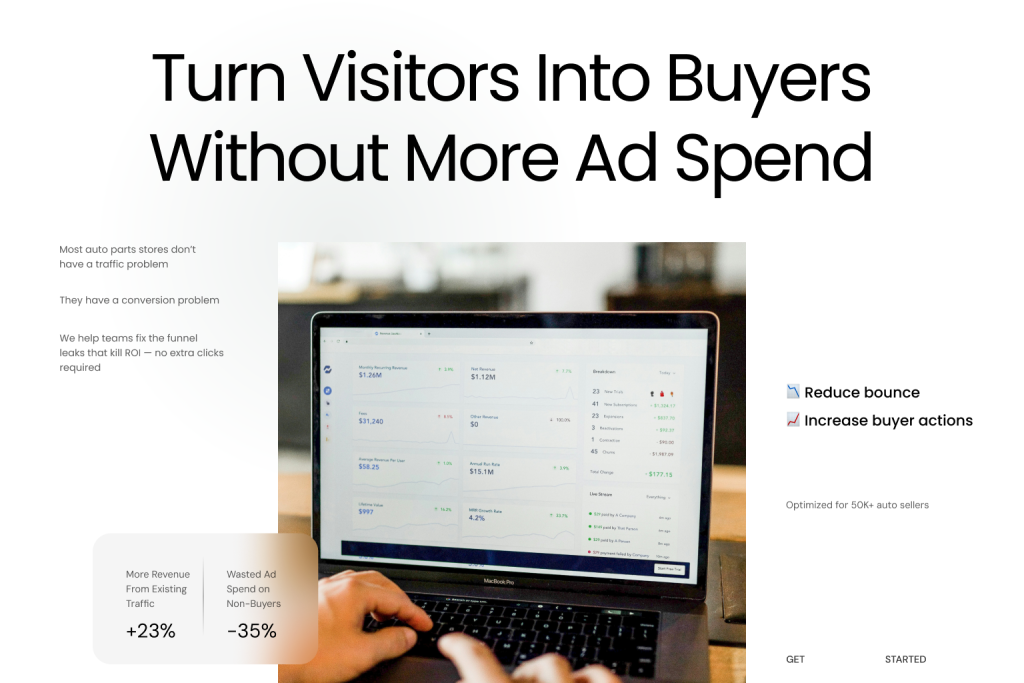The rapid evolution of AI is revolutionizing customer experiences, helping businesses deliver personalized, efficient, and optimized interactions at every stage of the buyer’s journey. With advancements in generative AI and machine learning, companies can harness these technologies to craft exceptional experiences – especially when integrated within a connected ecosystem. C-suite executives worldwide are convinced of AI’s competitive edge, with 75% of CEOs believing that having the most advanced generative AI will define their market positions spurred marketing and commerce teams into action, but many are still in the early stages of formulating their AI roadmaps.
Why AI is Crucial for Customer Experience
Artificial Intelligence offers organizations the ability to analyze vast amounts of data, identify patterns, and predict customer behaviors more accurately than traditional methods. Whether through generative AI, which creates new content, or predictive AI, which forecasts trends and preferences, AI is becoming indispensable for those looking to gain a competitive edge.
The Competitive Advantage of AI
Businesses that implement AI can unlock unprecedented levels of productivity. AI can streamline operations, allowing marketers to focus more on strategy and creativity while automating repetitive tasks. Moreover, AI’s ability to gather real-time customer data and provide personalized recommendations helps businesses engage with their audiences more effectively, ensuring they remain ahead of the curve in a rapidly evolving marketplace.
However, many companies are still in the early phases of integrating AI fully. According to research, over 76% of senior executives are still working on or planning their AI roadmaps . The po clear, but the execution is still a work in progress.
The Need for a Connected Ecosystem
Integrating AI into a connected ecosystem amplifies its effectiveness. A connected ecosystem allows various AI tools and platforms – such as those used for customer relationship management (CRM), marketing automation, and e-commerce solutions – to communicate seamlessly. This ensures that businesses can leverage AI insights across all customer touchpoints.
Generative AI and Beyond
Generative AI is particularly useful for marketing teams as it can create new content such as text, images, or videos based on learned patterns from large datasets. It also allows for the customization of existing content to suit specific demographics or markets, enhancing user engagement.
But for AI to truly transform marketing and commerce, it must be fully integrated within a company’s ecosystem. For example, if AI analyzes customer engagement data and predicts which creative strategies will work best, those insights need to flow seamlessly into new creative briefs, campaign strategies, or product recommendations.
Proven Strategies for Leveraging AI in a Connected Ecosystem
Here are five proven ways to maximize the potential of AI in a connected marketing and commerce ecosystem:
1. Elevate Marketing Strategy and Planning
AI helps marketers optimize their strategies by analyzing the performance of various campaign elements such as content, visuals, and ad design. For instance, by evaluating key metrics like conversion rates and average order value (AOV), AI provides valuable insights that guide marketing strategies. These insights lead to highly personalized campaigns that span multiple channels, optimizing customer engagement in real time.
With AI, marketing teams can also make data-driven decisions that lead to higher conversion rates. A/B testing and historical data analysis provide clarity on what content resonates best with specific audiences, ensuring future campaigns are even more effective.
2. Hyper-Personalization of Customer Experiences
Today’s customers demand personalized interactions, and AI delivers that by taking segmentation a step further – into the realm of one-to-one marketing. AI-driven tools continually update customer profiles as they interact with touchpoints, offering tailored recommendations in real time. This allows businesses to create unique experiences for each user based on their preferences, buying behaviors, and interests.
For example, AI can create thousands of personalized variations of content, whether it be images, text, or product recommendations. This ensures that every interaction is relevant, timely, and engaging, driving customer loyalty and increasing satisfaction.
3. Accelerate Content Creation and Delivery
Creating a steady stream of fresh, relevant content is essential to maintaining customer engagement. AI can significantly speed up the content creation process, from ideation to execution. By analyzing customer engagement trends and historical data, AI helps content teams craft strategies that align with user preferences at every stage of the buyer’s journey.
Moreover, AI assists in the creative process by automating tasks such as generating text, editing visuals, and designing layouts. This reduces the time and effort required for reviews and approvals, enabling faster delivery of content to the target audience.
4. Connect and Orchestrate Seamless Customer Journeys
AI-driven insights enable marketers to design seamless customer journeys by identifying the most effective touchpoints and interactions for different market segments. This orchestration allows businesses to guide their customers through a cohesive experience – from initial interest to final purchase – using personalized content and communication strategies.
For example, AI can continuously optimize a customer’s journey by analyzing real-time engagement data and making necessary adjustments to enhance the experience. This results in more conversions and higher customer satisfaction as users experience smooth, intuitive journeys from start to finish.
5. Scale Asset Variations for Market Testing
A connected AI ecosystem allows businesses to test and scale numerous content variations to see which resonate most with their audience. Whether it’s through different messaging strategies, visuals, or product offerings, AI helps marketers identify what works best and refine their strategies accordingly.
This real-time feedback loop ensures that businesses continuously improve their marketing efforts, offering dynamic, personalized experiences to each customer, regardless of location or specific needs. By scaling these variations, businesses can also test new markets and expand their reach effectively.
Case Studies: AI in Action
The power of AI is not hypothetical – many businesses are already benefiting from AI-driven transformations.
Canon USA: Personalized Customer Journeys
Canon USA, a renowned camera brand, leverages predictive AI to create tailored experiences for niche customer groups. For instance, night photographers or wedding photographers can easily find the products they need, along with relevant accessories and content, thanks to AI-driven personalization. This targeted approach not only improves the customer journey but also boosts conversions by guiding customers toward products they are most likely to purchase .
IBM: SpCreative Processes
IBM utilized Adobe’s generative AI tool, Firefly, to revolutionize its creative workflows. By incorporating AI into their processes, IBM was able to generate over 200 assets and 1,000 marketing variations in minutes – tasks that previously would have taken days or even months. This enhanced speed allowed them to exceed engagement benchmarks by 26 times and successfully reach high-level decision-makers.
Challenges Building a Martech Stack
Despite the significant advantages of AI, one of the main challenges businesses face is ensuring compatibility between AI tools and their existing martech stack. Often, companies utilize various best-of-breed AI tools that are not part of a unified platform, which can lead to integration difficulties.
To address this, platforms like Adobe’s martech and commerce stacks are designed to make combining AI tools easier. They offer native AI models, such as Adobe Firefly and Adobe Sensei, which are pre-integrated within the platform, allowing companies to implement AI-powered workflows without extensive customization.
Moreover, Adobe’s API Mesh for Adobe Developer App Builder facilitates seamless integration with external systems, such as CRMs and ERPs, making it easier for businesses to connect their AI-powered tools into one cohesive system.
The Future of AI in Customer E
AI is reshaping the way companies approach customer experience, enabling them to offer highly personalized and efficient interactions. With a connected ecosystem, businesses can seamlessly integrate AI tools, anticipate customer needs, and provide personalized content in real time.
By adopting AI today, companies can stay ahead of the competition, deliver outstanding customer experiences, and gain operational efficiencies that were once unimaginable. Whether through personalized customer journeys or faster content creation, the future of AI in marketing and commerce is here – and it’s transformative.



